GENERATOR MODE
In general
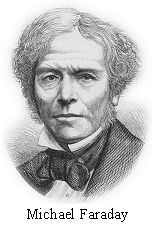
Michael Faraday (1971-1867) observed that when a wire was moved across a magnetic field, a voltage appeared between its ends. He found that his voltage depends on:
- how strong is the magnetic field
- how long is the wire
- how fast is the wire moving
Which end of the wire is positive (+) or negative (-) depends on the direction of the magnetic field, and on the direction of the motion of the wire.
In this exhibit the magnetic field is between the poles of the magnet. 100 turns of wire are allowed to swing across the field. The 100 turns of wire are connected end to end by the wire of the coil that is out of the field. In this way each wire’s voltage is added and shows on the voltmeter.
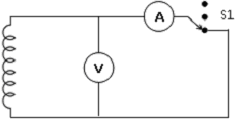
|
TO DO: |
Click S1 down. Swing the coil back and forth. |
|
TO NOTICE: |
|
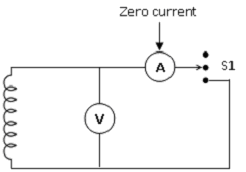
|
TO DO: |
Click S1 to the middle. Swing the coil back and forth. |
|
TO NOTICE: |
|
THE MOTOR MODE
In more detail
|
DO: |
Set switch S1 up and press switch S2 to the right. |
|
SEE: |
A current is now flowing thru the coil; the Lorentz force pushes on the coil and makes it move. |
|
DO: |
Set switch S1 up and press switch S2 to the left. |
|
SEE: |
The direction of the current has been reversed and the coil moves in the opposite direction. |
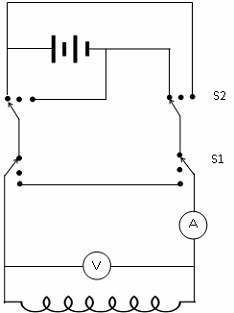 |
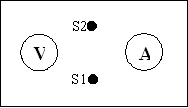 |
The Lorentz force
For a point charge moving in the magnetic field, the force (in newtons) is
![]()
Where B is the magnetic field (in teslas), v is the velocity of the charge (in m/sec) and q is the charge (in coulombs).
When a wire carrying an electrical current is placed in a magnetic field, each of the charges, which comprise the current experiences the Lorentz force. The following equation can be written:
![]()
Where: I (current in amperes), L is the length of wire (in meters) and B is the magnetic field (in teslas).